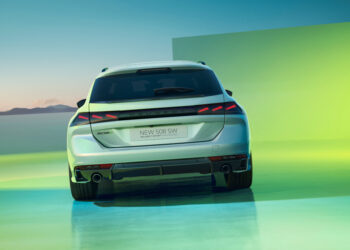Skoda is celebrating the 25th anniversary of one of the most important models in the history of the Mladá Boleslav brand and fundamental to its success in the utility vehicle segment.
Over four generations, the Skoda Fabia has sold more than five million units to date and continues to be a reference for the Czech brand.

First generation of the Skoda Fabia (1999 – 2008)
The Skoda Fabia stood out on September 14, 1999, among the major debuts at the 58th Frankfurt Motor Show. Launched as a five-door hatchback measuring 3.96 meters in length, the Fabia was the successor to the Skoda Felicia. Less than a year after its launch, a station wagon version was introduced, and in 2001, a sedan began production. The design of the first generation Fabia was developed by a team of about twenty designers, led by the then head of design for the Czech brand, Dirk van Braeckel. Built on the PQ24 platform for small cars, the first generation Fabia offered a wide range of engine options. In March 2003, the sporty RS version was launched, equipped with a 1.9 TDI turbo diesel engine producing 130 hp, offering a combination of performance, dynamics, and fuel efficiency.
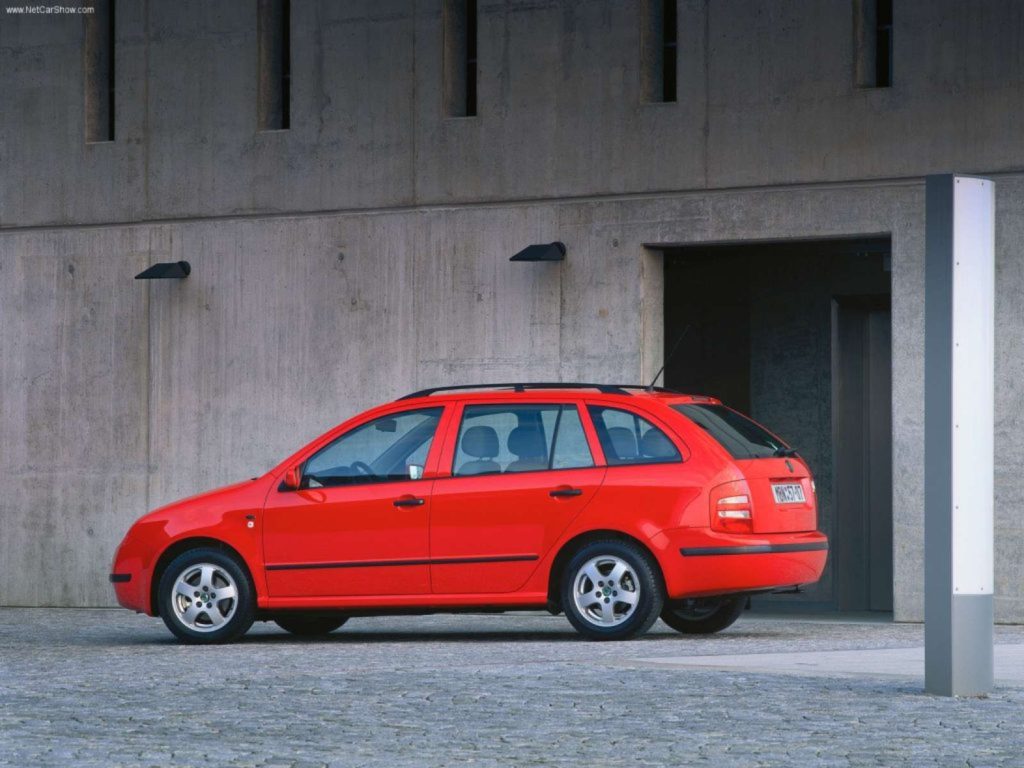
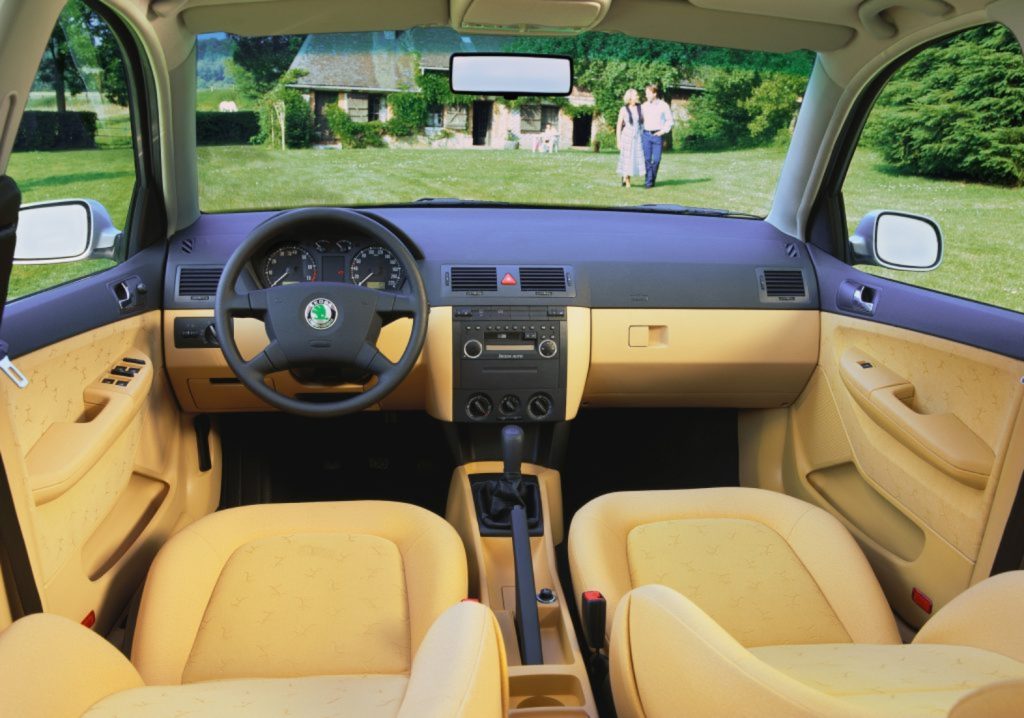
Second generation of the Skoda Fabia (2007 – 2014)
The second generation of the Fabia was unveiled at the Geneva Motor Show in March 2007. Although it was based on the same platform as the first generation, the new model featured a slight increase in height (+47 mm) and length (+22 mm).
In September 2007, the station wagon version was launched, which was more practical in nature. Two years later, Skoda decided to expand the range by introducing the Scout variant and the sporty RS version, equipped with a 1.4 TSI turbo gasoline engine producing 180 hp. This generation also marked the debut of the popular Monte Carlo edition.

Third generation of the Skoda Fabia (2014 – 2022)
The Paris Motor Show in October 2014 was the stage for the public presentation of the third generation of the Fabia. Utilizing the modern PQ26 platform, the model adopted sharper and more dynamic lines, being 90 mm wider and 30 mm lower than its predecessor. Significant improvements in safety and comfort were introduced, including Front Assist, adaptive cruise control, and a driver fatigue monitoring system. The mid-cycle refresh of this third generation emerged in 2018, with the brand equipping the Fabia with new technologies, such as full LED headlights and blind spot monitoring.
Fourth generation of the Skoda Fabia (2021 – present)
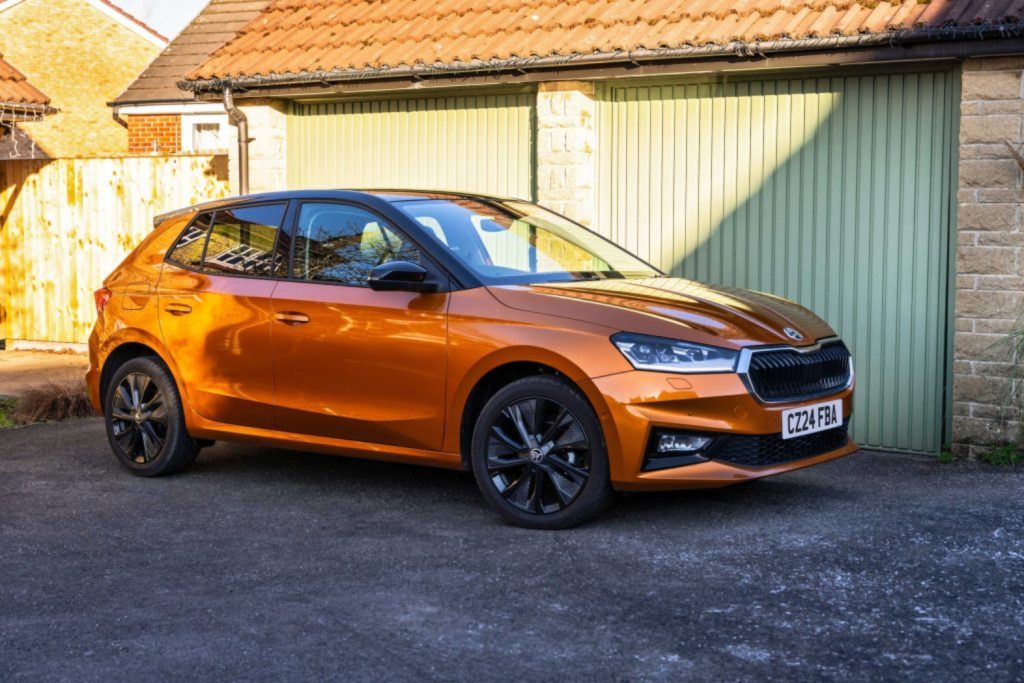
The current generation of the Fabia was launched in the spring of 2021 as a five-door hatchback, built on the MQB A0 platform. The design is by a team led by Skoda’s Head of Design, Oliver Stefani. The fourth generation exceeds 4.1 meters in length, and the luggage space has increased to 380 liters, 50 liters more than the previous generation. The vehicle is equipped with top-of-the-line features, such as Travel Assist 2.0, Automatic Parking, Lane Assist, Traffic Sign Recognition, Side Assist for lane changes, and Front Assist with predictive protection for pedestrians and cyclists.
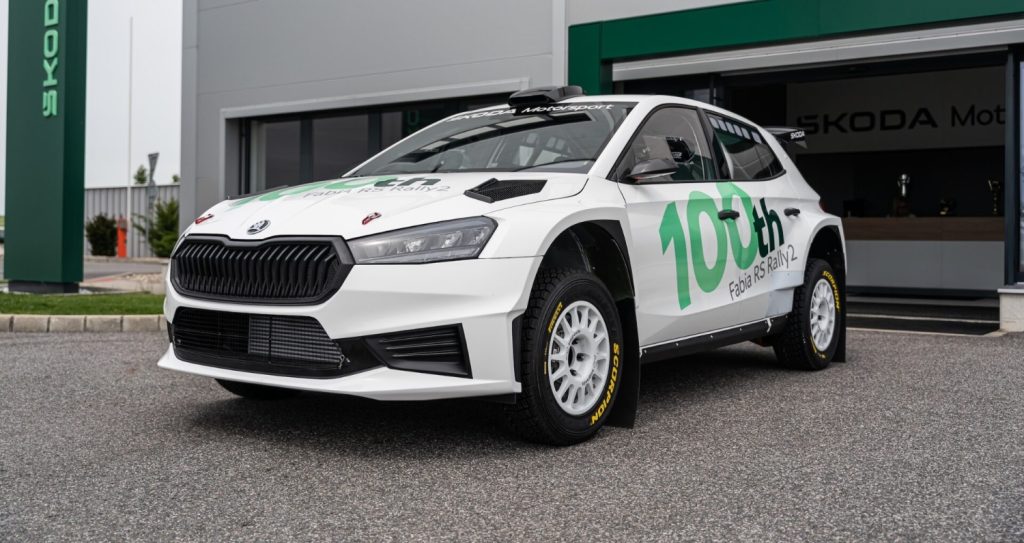
In addition to the popularity of the Fabia, which quickly won over customers with its advanced technology since its launch in 1999, the Fabia also made a significant mark in motorsport, particularly in rallying, making its debut in 2003 with the Fabia WRC. With the second generation, the brand focused on a more accessible competition category, and in 2009, the Fabia Super 2000 made its debut, achieving numerous successes with the Skoda Motorsport factory team and customer teams worldwide.
The real turning point came with the third generation of the Fabia in 2015, entering the WRC2 category. Over 470 Rally2 and Rally2 evo models have been sold to racing teams globally, making them the best-selling and most successful rally vehicles to date.
The current fourth generation of the Fabia serves as the basis for the Skoda Fabia RS Rally2, which continues to achieve victories in national and international championships.


